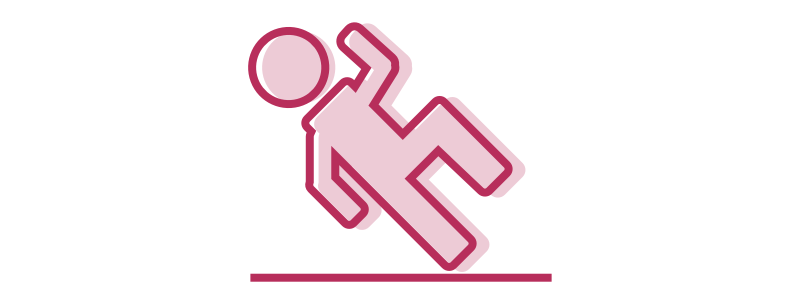Word: Sticky UX
Definition: Experiences that engage users and keep them interested, resulting in increased user return rate and user rememberability.
Thought: The internet is a different animal from a brick and mortar store or a physical experience because the physicality is, in and of itself, predisposed to stickiness. Still confused? Stick with me! (See what I did there!) When you're at the pharmacy, you are likely to walk out with a purchase, full stop. However, the stakes are much lower in the digital world. If Amazon does not have what you're looking for, you're most likely not going to buy a comparable but not favorable item just because you're already on the site. A designer's job is to make the experience more "sticky" which in turn, makes the user, stay! Or at the very least, remember to come back.

